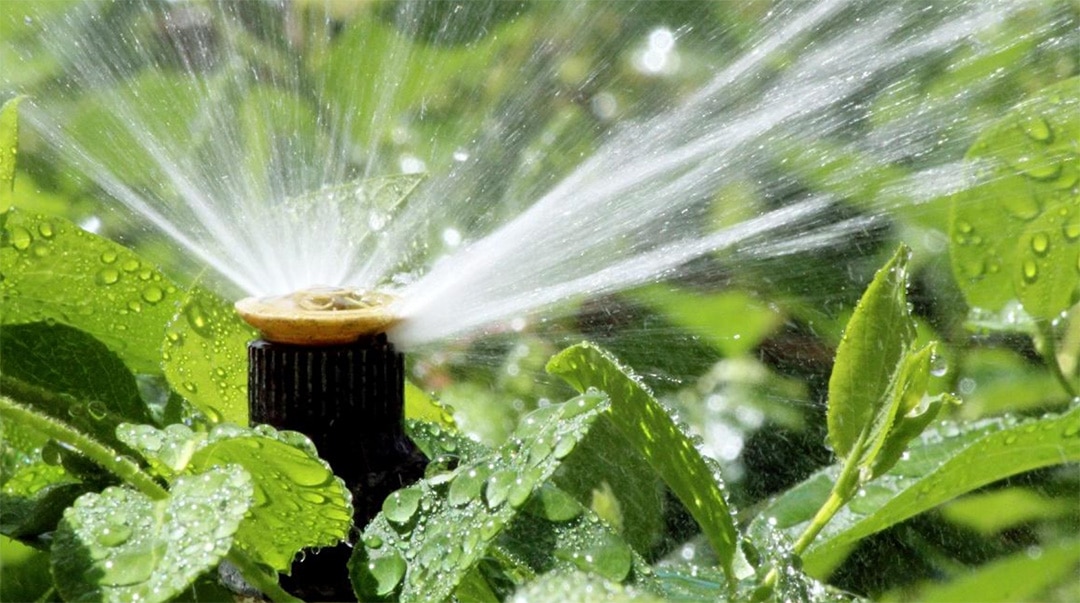Choosing the Best Defoamers for Your Manufacturing Line
Picking the Right Defoamer for Your Specific Application Requirements
Choosing the suitable defoamer for particular application requirements is a nuanced process that requires mindful factor to consider of numerous factors, such as the foam medium, kind, and operating problems. Recognizing the subtleties of defoamer performance-- consisting of speed and persistence-- while likewise accounting for regulatory and ecological elements is essential.
Recognizing Foam Development
Foam development takes place when gas is entraped within a liquid, producing a stable structure of bubbles. This phenomenon can dramatically affect numerous industrial processes, particularly in sectors such as food manufacturing, drugs, and wastewater treatment. The visibility of foam can impede mixing, decrease product top quality, and even bring about operational ineffectiveness.
Foam generally develops as a result of a combination of elements, including surface-active representatives, frustration, and the features of the liquid stage. Surfactants lower the surface tension of the liquid, promoting the formation of bubbles that can coalesce and maintain. Agitation, whether from mechanical stirring or gas introduction, improves bubble formation, causing raised foam volume.
Recognizing the technicians of foam development is critical for sectors aiming to enhance their processes. By determining the specific conditions that advertise foam generation, organizations can execute approaches to minimize its impacts.
Types of Defoamers Available
Different kinds of defoamers are readily available to deal with the obstacles presented by foam in industrial applications. defoamers. Extensively identified, defoamers come under 3 groups: silicone-based, non-silicone-based, and natural defoamers
Silicone-based defoamers are renowned for their performance and security across a large range of temperatures and pH levels. They are commonly used in applications where strong foam suppression is necessary, such as in coverings, adhesives, and paints. Their reduced surface stress enables rapid foam collapse.
Non-silicone-based defoamers, often made from organic compounds, offer an option for applications sensitive to silicone deposits. These defoamers can be additional separated right into polyether and ester kinds, each customized to satisfy certain formula needs. Non-silicone defoamers are often used in food processing and individual treatment products due to their compatibility with different solutions.
Natural defoamers, originated from plant or pet sources, are gaining grip due to their eco-friendly account. These items are specifically appealing in applications where governing compliance and sustainability are critical, such as in agrochemicals and biotechnology.
Picking the right sort of defoamer is essential for enhancing efficiency and ensuring compatibility with particular applications.
Key Application Factors To Consider
When selecting a defoamer, it is vital to think about the certain application requirements to make certain optimal performance. defoamers. Different sectors have unique requirements, such as food handling, drugs, or wastewater therapy, and each application may require special defoaming homes
Secret variables to evaluate include the medium in which the defoamer will certainly be used, whether it is water-based, oil-based, or a combination thereof. The temperature and pH degrees of the application can also substantially influence the effectiveness of a defoamer. Additionally, compatibility with various other chemicals present in the system is important to stop negative responses that could jeopardize performance.
An read this article additional vital official statement consideration is the lathering actions of the details system. Comprehending whether the foam develops swiftly or gradually can lead the choice of a defoamer that targets the origin effectively. Furthermore, the wanted rate of defoaming can influence the choice, as some applications require fast activity while others might endure slower defoaming procedures.
Lastly, ecological and regulatory considerations need to not be forgotten, specifically in markets with rigorous compliance requirements. Choosing a defoamer that straightens with these variables ensures both performance and safety and security in the application.

Performance Screening Techniques
Evaluating the performance of a defoamer needs a methodical method to screening that accurately measures its performance in certain applications. Different efficiency screening approaches can be used to ascertain the ideal defoamer for a provided formulation.
One usual technique is the bubble test, which examines the defoamer's capability to reduce foam quantity over he has a good point time. This test entails generating a secure foam and then including the defoamer to observe the price of foam collapse. One more approach is the vibrant foam test, where foam is produced under regulated problems to simulate real-world application circumstances. This method gives insights right into just how the defoamer performs under differing shear conditions.

Eventually, picking the appropriate efficiency screening method relies on the certain application and the sort of foam being resolved. Each method offers beneficial data that can lead formulation modifications and improve the effectiveness of the defoamer in sensible applications.
Ideal Practices for Choice


Following, take into consideration the defoamer's performance in regards to rate of action and determination. A quick-acting defoamer may be needed for procedures where fast foam reductions is important, while a much more relentless formula may be required for long term foam control. In addition, review the environmental impact of the defoamer, including its biodegradability and any regulatory conformity needs.
Conduct trials with selected defoamers to identify their effectiveness in real-world conditions. By sticking to these ideal methods, you can boost foam control efficiency and ensure the durability of your processes.
Final Thought
In recap, choosing the suitable defoamer requires a detailed evaluation of different factors, including foam kind, tool, operating problems, and environmental considerations. Comprehending the unique attributes of foam development and the available defoamer options is crucial. Furthermore, using effective efficiency screening methods and sticking to ideal practices throughout the selection process will certainly boost the probability of attaining ideal defoaming outcomes. Inevitably, a knowledgeable option method will certainly address specific application requirements and reduce foaming obstacles effectively.
Selecting the suitable defoamer for particular application needs is a nuanced procedure that requires careful consideration of several variables, such as the foam tool, operating, and kind problems.Picking the right defoamer is important for accomplishing ideal efficiency in foam control applications. A quick-acting defoamer may be needed for processes where fast foam reductions is important, while an extra relentless formula could be required for extended foam control.In summary, selecting the suitable defoamer requires a comprehensive evaluation of numerous aspects, consisting of foam type, tool, operating problems, and environmental considerations. Comprehending the unique attributes of foam development and the offered defoamer choices is crucial.